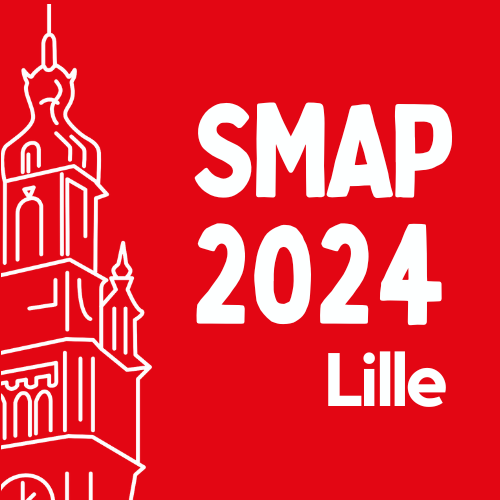
Session: Parallel session 5 - New topics in OMICs
Minimizing Peptide Loss Adsorption: A Key to Enhancing Low-Cell Number and Single-Cell Proteomics
Recent advancements in mass spectrometry have enabled the analysis of proteomes from rare cell subpopulations and single cells using shotgun proteomics. Despite these advancements, peptide loss due to adsorption on laboratory consumables remains a significant challenge. Hydrophobic peptides, in particular, tend to adhere to polypropylene surfaces commonly used in proteomic sample preparation. To address this, protocols like mPOP and SCOPE-MS2 recommend minimizing preparation steps and sample transfers. This study investigates the effects of vial material and buffer composition on peptide adsorption, offering new guidelines for handling low-cell number or single-cell samples. Using HeLa tryptic digest standard solutions and HeLa cells, we examined how vial surface properties and buffer composition impact peptides adsorption. Peptides adsorption was measured based on peptides ion intensity from LC MS data, acquired on a Waters Acquity M-Class LC system coupled with Bruker's timsTOF SCP in DDA- and DIA PASEF mode. Results showed a decrease in total peptides intensity with reduced HeLa tryptic digest concentration, indicating significant peptides loss due to surface adsorption. This loss was more pronounced for hydrophobic peptides and fit a Langmuir adsorption model. Based on this observation, strategies to minimize peptides loss including modifying the polymeric nature of vial surfaces or buffer composition were evaluated. Polymeric materials with polar monomeric units like PMMA and PET effectively prevented the loss of hydrophobic peptides, increasing total peptide intensity up to 17-fold compared to traditional polypropylene vials. Adding non-ionic detergents (PEO and DDM) significantly enhanced proteomic performance, achieving up to a 16-fold increase in peptide intensity and reducing performance variability across different polymeric materials. We show that these detergents can be used to improve single-cell proteomics using standard laboratory consumables.